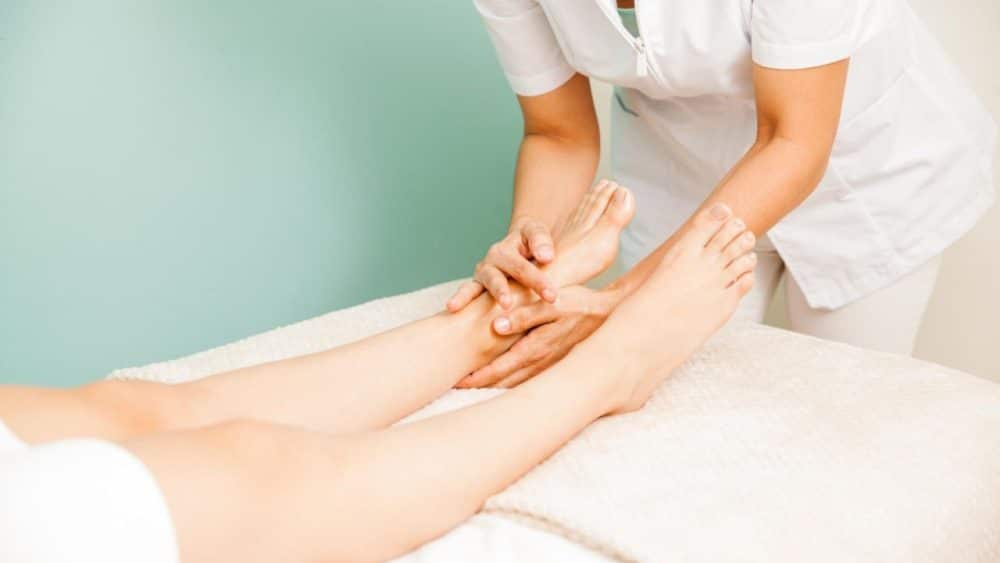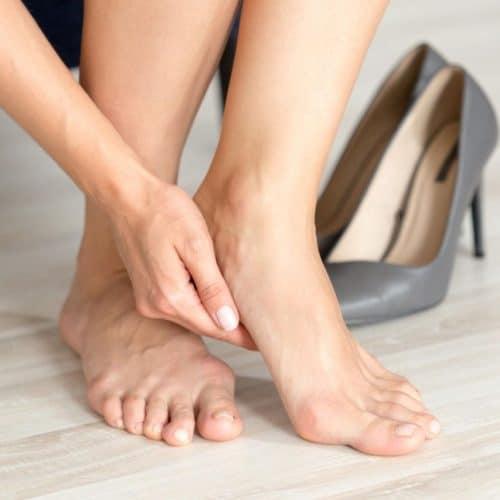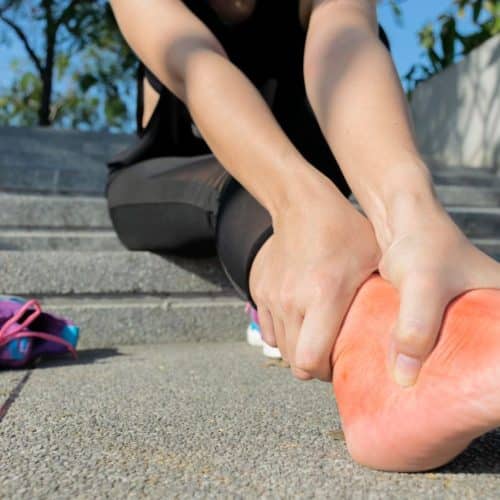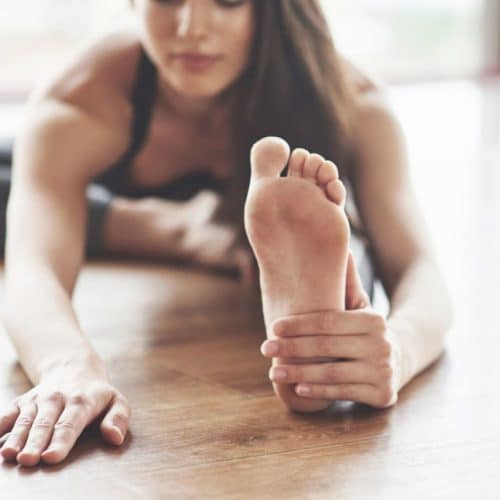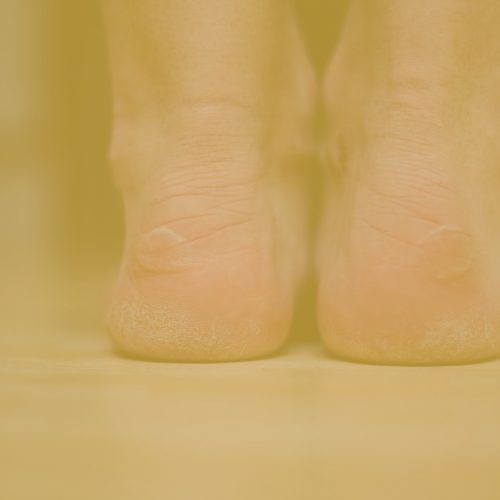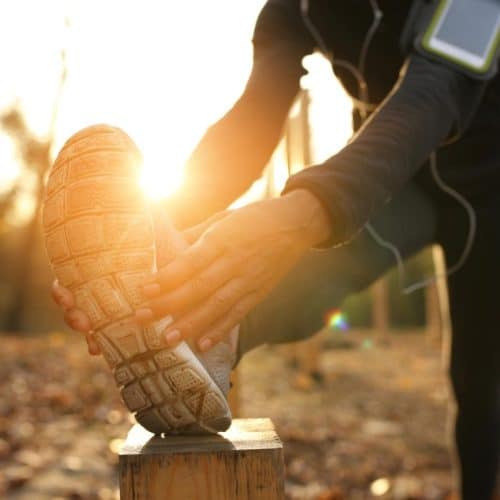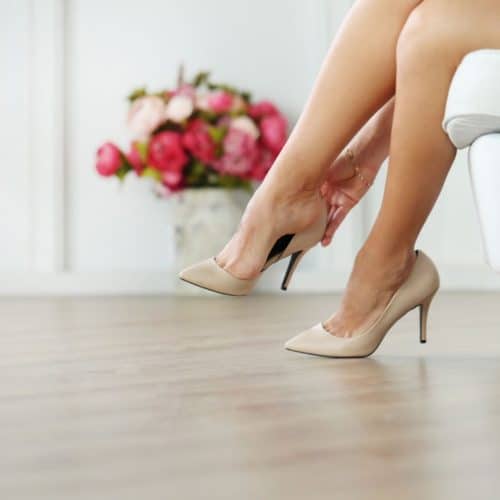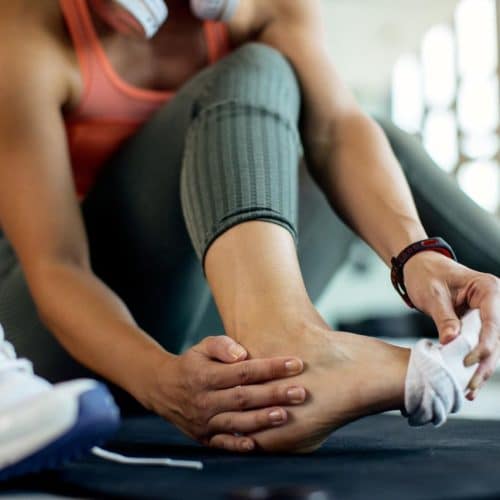Pain in the plantar area of the heel is a typical complaint about the foot that can afflict people of any age. It’s a discomfort that starts at the back of the heel and occasionally radiates up to the foot’s arch.
Although many people may view it as a little annoyance, being aware of the factors that contribute to it can be helpful in both preventing and treating the condition. In this article, we will investigate the fundamental factors that lead to plantar heel discomfort and provide some helpful pointers on how to avoid experiencing it in the future.
What is Plantar Heel Pain?
Plantar heel pain is often associated with the inflammation of the plantar fascia, a thick band of tissue that runs from the heel to the toes. This inflammation can lead to a condition known as plantar fasciitis. However, not all heel pain is due to plantar fasciitis, and it’s essential to identify the root cause for effective treatment.
Primary Causes of Plantar Heel Pain
- Poor Foot Biomechanics: Every individual has a unique way of walking, known as their gait. An abnormal gait can lead to uneven weight distribution across the foot. This imbalance can cause strain on the heel, leading to pain over time. Factors like flat feet or high arches can also contribute to poor foot biomechanics.
- Excessive Pressure: The heel bone, the largest bone in the foot, naturally bears a significant portion of our body weight. Constant or excessive pressure, especially in activities like standing for prolonged periods or heavy lifting, can lead to inflammation and pain in the heel and surrounding tissues.
- Injury and Trauma: Direct injuries, such as from a fall, stepping on a sharp object, or a heavy object falling on the foot, can trigger immediate heel pain. Such trauma can lead to bruises, fractures, or other damages that manifest as heel pain.
- Limited Ankle Movement: The range of motion in our ankle, particularly dorsiflexion (upward bending), plays a crucial role in our gait. Restricted movement in this area can result in additional strain on the heel, leading to discomfort or pain.
- Foot Strength Deficits: Our feet are supported by a complex network of muscles, tendons, and ligaments. Weakness in any of these structures can lead to inadequate support for the heel, making it more susceptible to pain.
- Overtraining: Athletes, runners, and fitness enthusiasts might experience heel pain if they increase their training intensity or duration too quickly. Training on uneven terrains or hard surfaces with proper footwear can also be beneficial.
- Inappropriate Footwear: Shoes play a pivotal role in foot health. Footwear that lacks proper arch support or cushioning or is ill-fitting can contribute to heel pain. Additionally, consistently wearing high heels can put extra strain on the heel.
- Tight Muscles: The calf muscles, which attach to the heel via the Achilles tendon, can become tight or overused, especially in individuals who are active or wear high heels regularly. This tightness can pull on the heel, causing discomfort.
- Systemic Diseases: Some systemic conditions, like reactive arthritis, rheumatoid arthritis, or other inflammatory diseases, can manifest as heel pain. These conditions can cause inflammation in the foot, leading to discomfort.
- High BMI: A higher Body Mass Index (BMI) indicates excess weight, which can put additional pressure on the feet. The increased load can strain the heel, leading to pain over time.
Understanding the root causes of plantar heel pain is the first step in addressing and managing the condition. If you suspect any of the above factors contribute to your discomfort, seeking professional advice is essential to get a proper diagnosis and treatment plan.
How to Manage Plantar Heel Pain
- Rest and Ice: If you start experiencing heel pain, giving your feet a break is essential. Avoid activities that strain your heel, and apply ice to the affected area for 15-20 minutes several times daily. This can help reduce inflammation and provide relief.
- Pain Relievers: Over-the-counter pain relievers, such as ibuprofen or acetaminophen, can help reduce pain and inflammation. However, always consult with a healthcare professional before starting any medication.
- Physical Therapy: A physical therapist can provide exercises and stretches to strengthen the foot muscles and alleviate heel pain. They can also offer techniques like ultrasound therapy or deep tissue massage to treat the condition.
- Orthotics: Custom-made shoe inserts, known as orthotics, can provide additional support and cushioning, helping to distribute weight evenly across the foot and reduce strain on the heel.
- Night Splints: These devices keep the foot in a dorsiflexed position overnight, helping to stretch the plantar fascia and reduce morning pain.
- Supportive Footwear: Always wear shoes that offer good arch support and cushioning. Avoid walking barefoot, especially on hard surfaces, as this can exacerbate heel pain.
- Weight Management: If overweight, working towards a healthy weight can reduce the pressure on the feet and alleviate heel pain.
- Corticosteroid Injections: A healthcare professional might recommend corticosteroid injections to reduce inflammation and pain in severe cases. This is typically considered when other treatments haven’t been effective.
- Shock Wave Therapy: This non-invasive procedure uses sound waves to stimulate healing in the affected area. It’s especially beneficial for chronic cases of plantar heel pain.
- Surgery: In rare cases where conservative treatments don’t provide relief, surgery might be considered. The procedure typically involves releasing part of the plantar fascia from the heel bone.
- Stay Informed: Understanding the cause of your heel pain can help manage it. Stay informed about the latest treatments and recommendations by consulting with a podiatrist regularly.
Managing plantar heel pain effectively requires a combination of professional medical advice and self-care measures. If you’re experiencing persistent or severe heel pain, seeking a proper assessment is crucial to determine the best course of action. Remember, early intervention can prevent the condition from worsening and help you get back on your feet faster.
Preventing Plantar Heel Pain
- Choose the Right Footwear: The importance of proper footwear cannot be overstated. Shoes should provide adequate arch support, cushioning, and a snug fit without being too tight. When purchasing shoes, it’s best to shop in the evening when feet are at their largest. For those on their feet for extended periods, consider investing in orthopedic shoes or custom-made orthotics. Remember, worn-out shoes lose their supportive qualities, so replace them regularly.
- Regular Stretching: Daily stretching exercises, especially for the calf muscles and the plantar fascia, can help prevent heel pain. Simple exercises, like calf raises or rolling a tennis ball under the foot, can help maintain flexibility and strength in the foot muscles, reducing the risk of strain.
- Maintain a Healthy Weight: Carrying excess weight puts additional pressure on your feet, especially the heels. Maintaining a healthy weight through a balanced diet and regular exercise can reduce the strain on your feet and prevent many foot-related issues, including plantar heel pain.
- Avoid Overtraining: Listening to your body is crucial whether you’re an athlete or enjoy regular workouts. Gradually increase the intensity and duration of your workouts, and ensure you’re giving your body ample time to recover. Alternating high-impact exercises like running with low-impact activities like swimming can also help reduce the strain on your heels.
- Warm-Up Properly: Before engaging in any physical activity, take the time to warm up. This increases blood flow to the muscles, preparing them for the activity ahead and reducing the risk of injuries. A combination of dynamic stretches and light aerobic exercises can be effective.
- Foot Care Routine: Regular foot care, including massages, can improve blood circulation and relax the muscles in the feet. Consider using a foot soak or moisturising your feet to prevent dryness and cracks, especially in the heel area.
- Mind Your Posture: A good posture ensures even weight distribution across your feet. Standing or walking with a slouched posture can put extra pressure on certain foot parts, leading to potential heel pain.
- Stay Hydrated: Drinking enough water helps maintain the elasticity of the plantar fascia and other tissues in the foot. Dehydration can make these tissues more prone to tears and inflammation.
- Regular Check-ups: If you have a history of foot problems or are at risk due to factors like diabetes, it’s essential to have regular check-ups with a podiatrist. They can guide preventive measures tailored to your needs.
These preventive measures can significantly reduce the risk of developing plantar heel pain. Remember, our feet carry us throughout our lives, and a little care can go a long way in ensuring they remain healthy and pain-free.
Conclusion
Even though plantar heel pain is prevalent, it should not be disregarded. You can keep your feet healthy and free of discomfort if you are familiar with the factors contributing to the condition and take the necessary precautions. You must make an appointment with a podiatrist to receive an accurate diagnosis and individualised treatment if you are having severe or ongoing heel discomfort.


